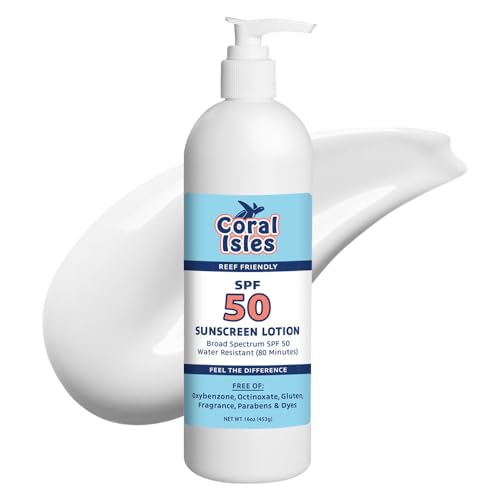class clown
Well-known member
Sorry, but can we get back to the original question..
Why the long tenticles?
My observations: they bubble when I agitate it with my fingers or under stress. Otherwise, like Rick, mine are typically longer arms. Yet I know someone that has one that is pretty bubbly all of the time and one that's more of a longer tenticle version in the same tank. They must be different breeds of RBTA's right?
Ben
Why the long tenticles?
My observations: they bubble when I agitate it with my fingers or under stress. Otherwise, like Rick, mine are typically longer arms. Yet I know someone that has one that is pretty bubbly all of the time and one that's more of a longer tenticle version in the same tank. They must be different breeds of RBTA's right?
Ben


































































